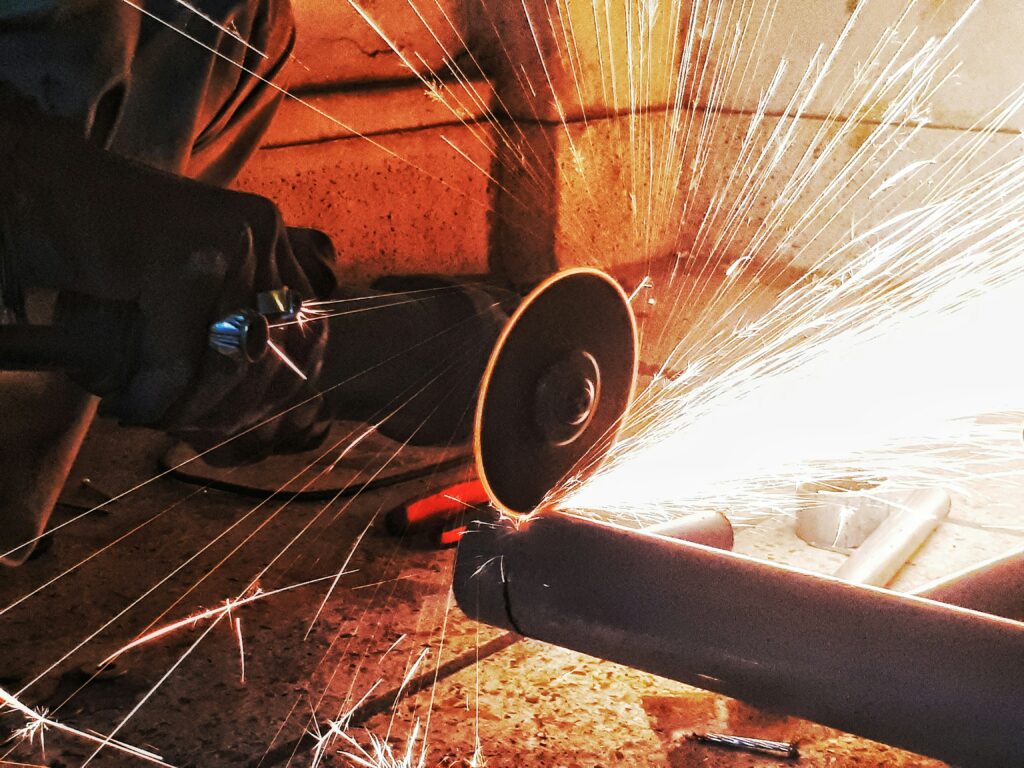4.0 Industry and 5.0 Industry share several key similarities, especially in the application of advanced technologies, interconnection and digitization. However, we also need to know the points that differentiate them.
4.0 Industry may still be a new concept for many companies. After all, it’s all about using cutting-edge technologies to increase productivity and efficiency. However, in addition to 4.0 Industry, there is now something called 5.0 Industry. The latter is the next stage in the transformation of industries worldwide.
In this article, we’ll explain the main differences between 4.0 Industry and 5.0 Industry, as well as the challenges companies face in reaching this new stage.
What is 4.0 Industry?
In the age of digital transformation, 4.0 Industry is also known as the fourth industrial revolution. It represents a transformation of industrial processes through digitization and automation. It is characterized by the interconnection of systems thanks to technologies such as the Internet of Things (IoT), big data, artificial intelligence (AI), and cloud computing.
What is 5.0 Industry?
5.0 Industry represents a significant evolution from 4.0 Industry technologies. It focuses not only on automation and technological efficiency, but also on the reintegration of human values into the production environment.
This approach aims for a closer, more meaningful collaboration between humans and machines. The most obvious example is the programming robots and the programmer. The goal is to achieve a balance where technology amplifies human capabilities rather than simply replacing them.
The Pillars of 4.0 Industry and 5.0 Industry
5.0 Industry is therefore a new stage after 4.0 Industry, which is why they are based on very different pillars and concepts.
Whereas 4.0 Industry is based on an approach that involves a great deal of technology, automation, and data analysis, 5.0 Industry takes much more account of personalization and innovation in industrial production.
The basis of 4.0 Industry
Here are the fundamentals of the fourth industrial revolution:
- Big data analysis: involves collecting and analyzing data from multiple sources to enable better decisions and analysis;
- Autonomous robots: intelligent robots capable of performing repetitive tasks previously carried out by humans. While performing their tasks, they can process information and make decisions.
- Simulation: using real data to simulate the performance of a product or industrial process;
- Systems integration: combining data from different parts of an organization in an organized, centralized manner;
- Internet of Things (IoT): physical objects connected to each other by sensors, software and technologies that enable this interaction;
- Cybersecurity: ensuring data security is essential and requires robust systems;
- Cloud computing: data and analyses are stored in the cloud, so that access is available in real time from anywhere in the world;
- Additive manufacturing: 3D printing to create lighter, stronger parts and systems.
In addition, one of the newest pillars of 4.0 Industry is augmented reality. This occurs when a physical product or object is combined with virtual reality to improve industrial processes.
The basis of 5.0 Industry
5.0 Industry has great potential to transform the way businesses operate today. According to CSTI, the pillars of 5.0 Industry can be defined as follows:
- Promote measures to create new value for future industrial growth and social transformation;
- Strengthen the foundations of scientific and technological innovation;
- Establish a virtuous systemic cycle of human resources, knowledge and capital in favor of innovation.
In short, the difference between 4.0 Industry and 5.0 Industry can be seen from two major angles:
- The first focuses on technology and automation;
- The second involves reviewing technological foundations, promoting social transformation and human resource policies.
Key differences between 4.0 and 5.0 industries
On the one hand, 4.0 Industry is based on connecting machines and automating processes. On the other hand, 5.0 Industry is dedicated to the customer experience, which often needs to be individualized and customized.
Another major difference between 4.0 Industry and 5.0 Industry is that in the first one, products must be intelligent. They also need to be easily traceable throughout the production process. In 5.0, the focus is on products designed to enhance the consumer experience, combined with technology.
In 4.0 Industry, the workforce is supposed to be moved away from factories, or at least that’s the aim of implementing its pillars. In 5.0 Industry, on the other hand, manpower is needed within factories to include the human factor in the process.
5.0 Industry is also closely linked to the UN’s 2030 Sustainable Development Goals. In this context, action is being taken to achieve sustainability and better use of the planet’s natural resources.
Little by little, companies are beginning to understand the impact of thinking solely in terms of productivity and profit. With the rise of 5.0 Industry, the focus is not only on the cost of business growth but also on how we can act to change the reality in which we live. Of course, increasingly environmentally conscious consumers are also contributing to this transformation.
At a time when public opinion is beginning to assess the ethics of companies, and is interested in greener production processes, they need to adapt to this new demand. As a result, a new point of view is needed, one that recognizes that both people and the environment are important and must be preserved.
The challenges of implementing 5.0 Industry
Before you make a decision to implement digital technologies, you need to understand the challenges associated with this new era.
In general, there are two major challenges to implementing 5.0 Industry. The first is the one that is also preventing industries from implementing 4.0, namely investment in technology. Although 5.0 Industry focuses more on the human factor, investment in technology remains important.
The second major challenge is employee training, via learning robots, for example. In particular, this needs to be focused on those who find it difficult to grasp the modern, changing world in which we live today. Ultimately, to ensure that everyone can adapt, companies need to organize training and practical work for their employees.



